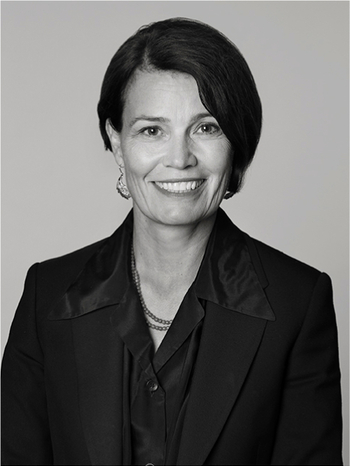Alf Lindberg
Alf Lindberg, "Dam mot blått"
Signed Alf Lindberg. Canvas 103 x 76 cm.
Patina due to age.
Alkuperä - Provenienssi
Sivert Oldenvi Collection.
Muut tiedot
The Swedish painter Alf Lindberg (1905 – 1990) was born in Gothenburg, where he lived and worked his entire life. As a student at Valand School of Fine Arts, he belonged to the Gothenburg Colourists in his early youth, but his painting soon took a different direction. Colour and form came before subject matter for him, and he explored themes such as mythology and biblical motifs.
Lindberg himself did not wish to count himself among the Gothenburg Colourists, a grouping with which he had a complicated relationship throughout his life. His painting after his debut in the 1930s has a more muted tone and a stricter character than theirs. Early on, inspired by Paul Cézanne and Karl Isaksson, he executed Swedish coastal landscapes, still lifes, and figure paintings in a dark palette. Over the years, his brushwork would become more dynamic, and his treatment of colour uncompromisingly expressionistic.
“Perhaps his last decade was nonetheless his most interesting. When he left behind the tranquil and allowed the paint to drip and the material to take on a life of its own in his depictions of human isolation,” writes Waldemarsudde's chief curator Hans Henrik Brummer.
Lindberg's paintings from his later years have been described as an explosion of creativity and as a belated youthful rebellion. The subjects increasingly touch on existential questions. He depicts human solitude and her encounters with nature, and he also paints religious motifs such as "The Crucifixion" from 1980.
In a retrospective exhibition "Alf Lindberg" in 2005, Waldemarsudde in Stockholm showcased around a hundred works by the artist. Alf Lindberg's paintings are represented in several collections, including the Moderna Museet in Stockholm, Gothenburg Museum of Art, Kalmar Art Museum, Norrköping Art Museum, and the National Gallery in Oslo.











































